24 January 2022
The meeting NANO-SYSTEMS: Research and Applications on Cultural Heritage is coordinated by APACHE and will be held both in-person and online at Caparica, Portugal, on 16th May 2022. The focus of the meeting is on how Nano-materials exhibit characteristics that are peculiar and different than those of bulk materials. This can result in enhanced chemical, electrical, magnetic, and optical properties that are important for numerous applications.
Thanks to this meeting the conservation company NEON Art Conservation and the NOVA School of Science and Technology seek to explore the world of Nano-systems applied to the conservation of cultural heritage, through a workshop divided on two essential sections: firstly, theorical lectures and presentations on research and implementation aspects of Nano-materials and then two practical workshops with the application methodologies and the use of some Nano-systems.
For all those who will not be able to attend the event in person, there will be a screening of the lectures of the conference.
LECTURES – online
| 8:50 – 9:00 | Welcome and opening speech
|
| 9:00 – 9:20 | EU funded APACHE project: objective, dissemination and first results Antonio Mirabile |
| 9:20 – 10:00 | Nano-science and its contribution to the conservation of Cultural Heritage | Piero Baglioni
|
| 10:00 – 10:40 | Gels, emulsions and nanomaterials: theoretical aspects | Piero Baglioni
|
| 10:40 – 11:00 |
Coffee Break |
| 11:00 – 11:40 | Innovative protective materials for the conservation of metal works of art | Gabriella Di Carlo
|
| 11:40 – 12:30 | The use of Nano-systems in the conservation of cellulose-based artworks. Case studies
|
| 12:30 – 13:00 | Discussion and questions |
TWO PARALLEL PRACTICAL ACTIVITIES
(NOVA SCHOOL OF SCIENCE & TECHNOLOGY)
| 14:00 – 17:00
With a coffee break |
Innovative materials for cleaning, consolidating and protecting works of art: a practical introduction and demonstration on the use, reuse, recycling and handling of the novel materials.
Piero Baglioni and Antonio Mirabile Testing and experimenting nanomaterials, on mock-ups or expendable case studies on organic materials such as paper, fabric, leather, painting. OPEN TO A MAXIMUM OF 20 CONSERVATORS |
| 14:00 – 17:30
With a coffee break |
Application of innovative protective materials from non-toxic solvents for the conservation of copper and silver alloys
OPEN TO A MAXIMUM OF 10 CONSERVATORS |
Visit the event website to find out more about it and to read the registration procedures!
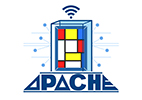
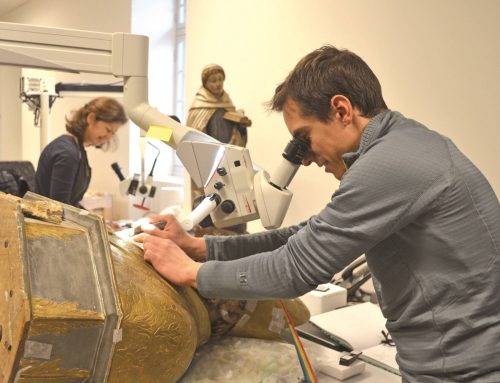
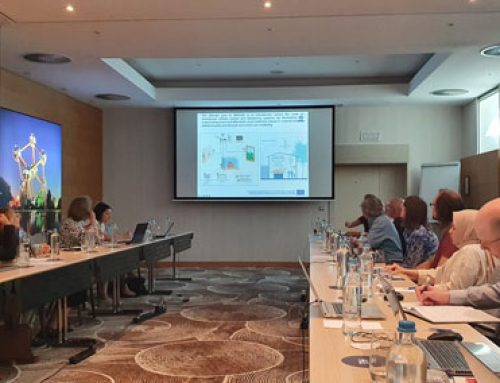
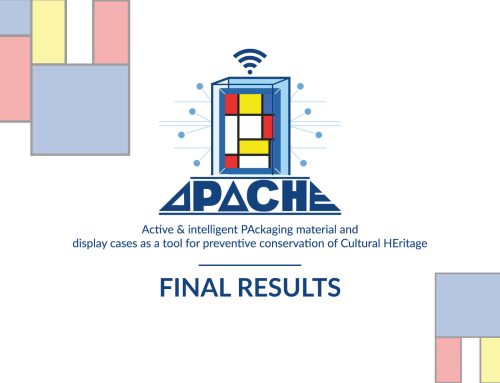
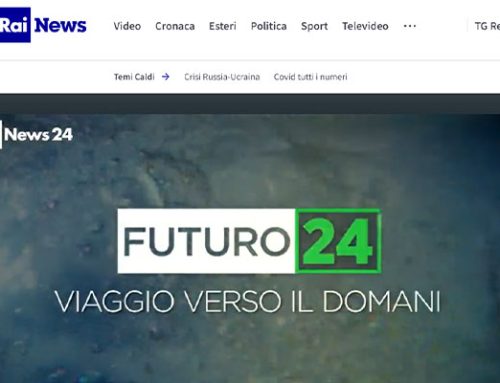
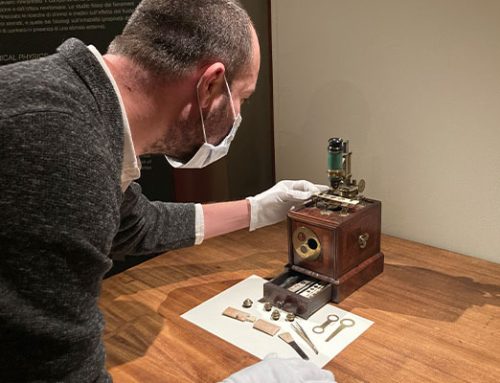
Leave A Comment